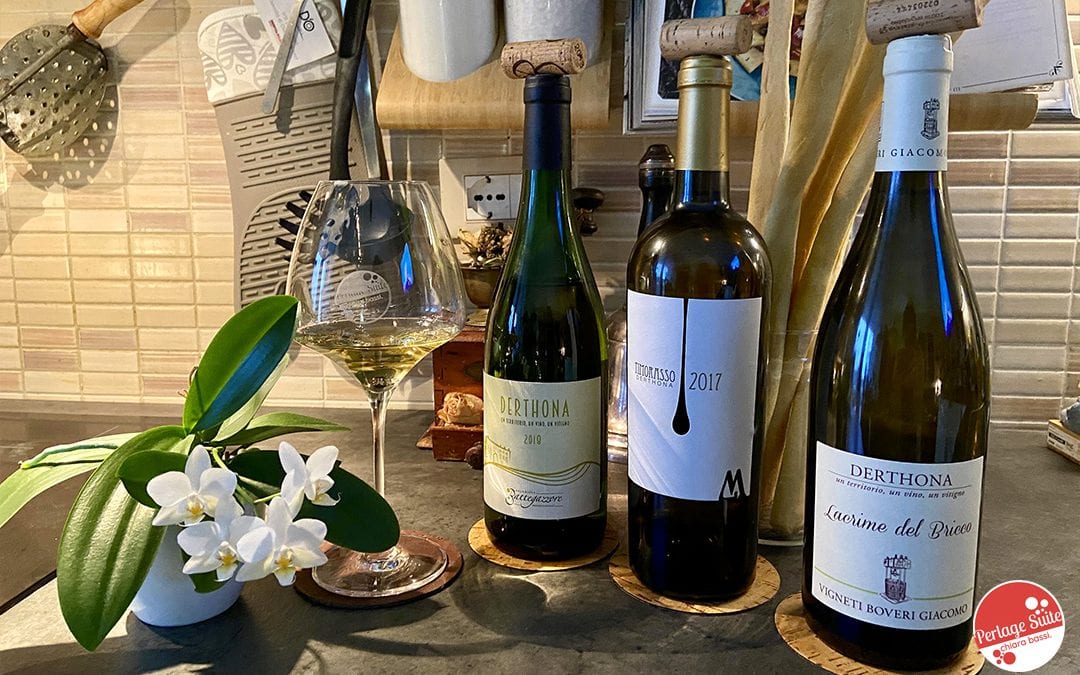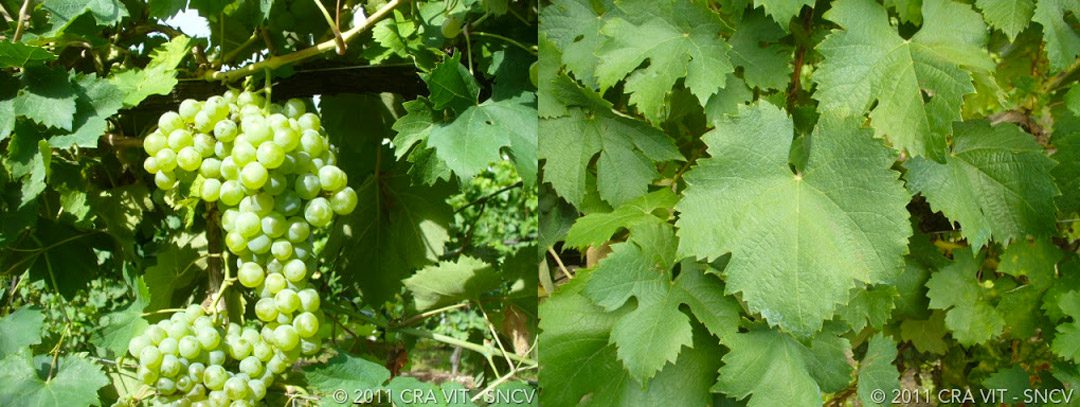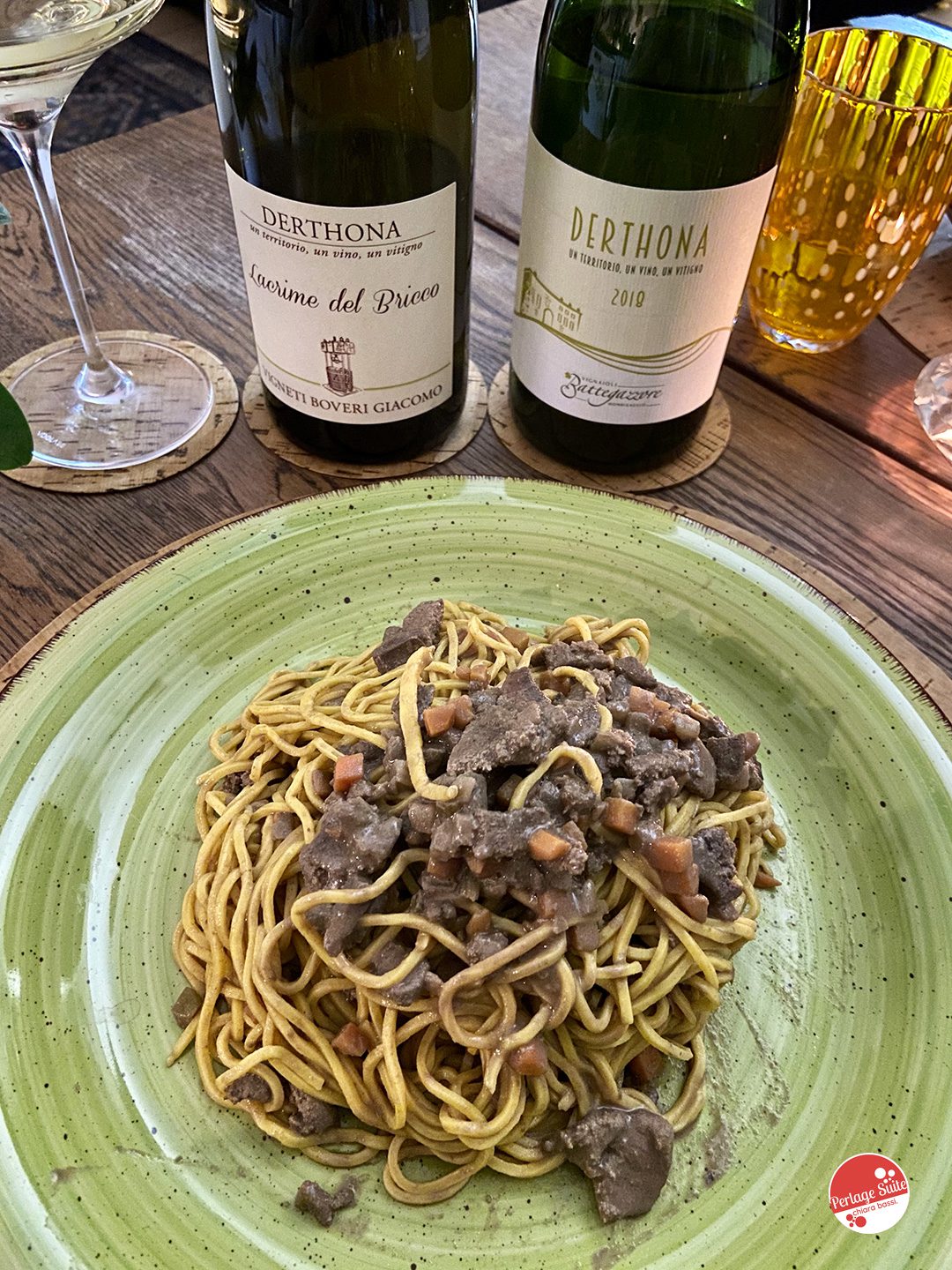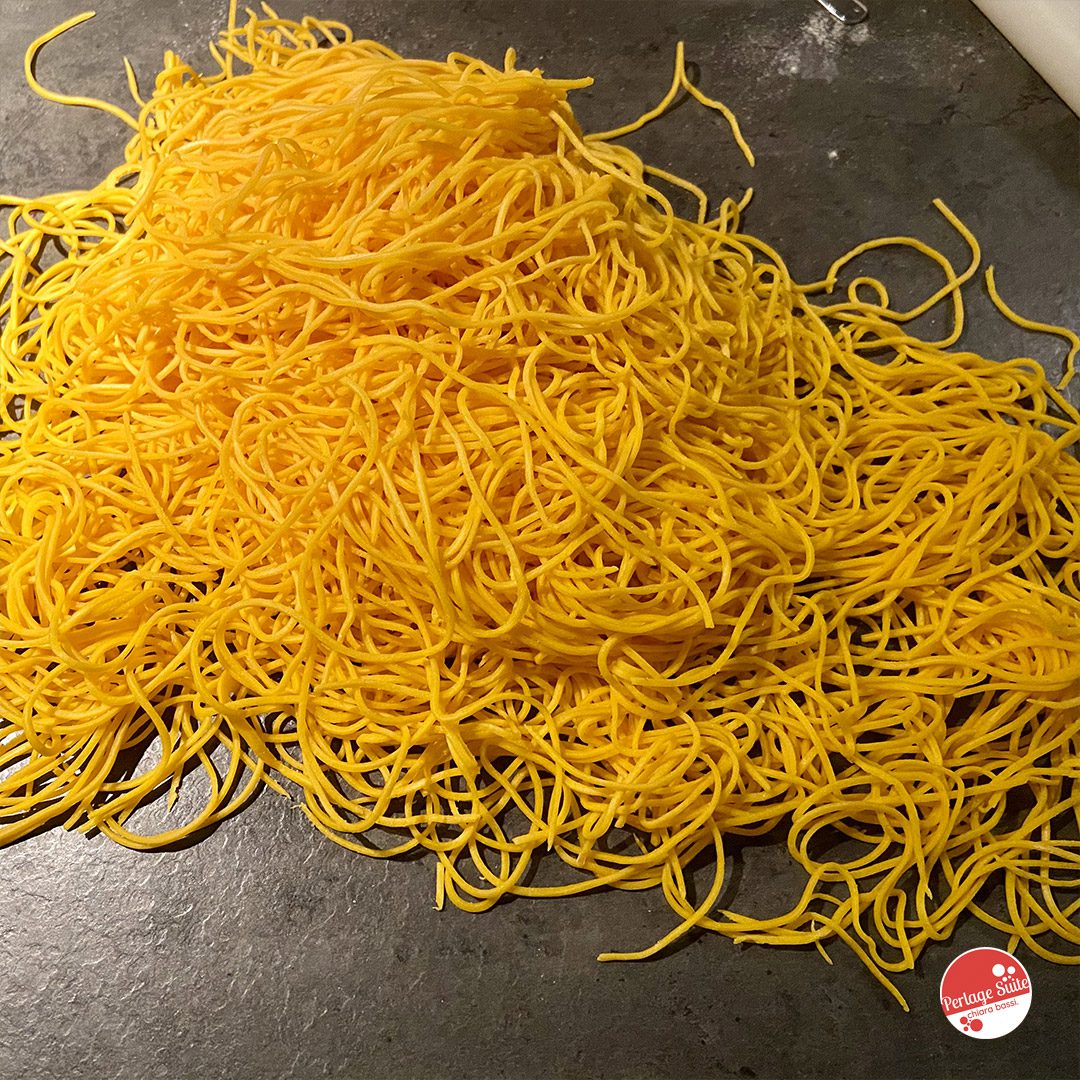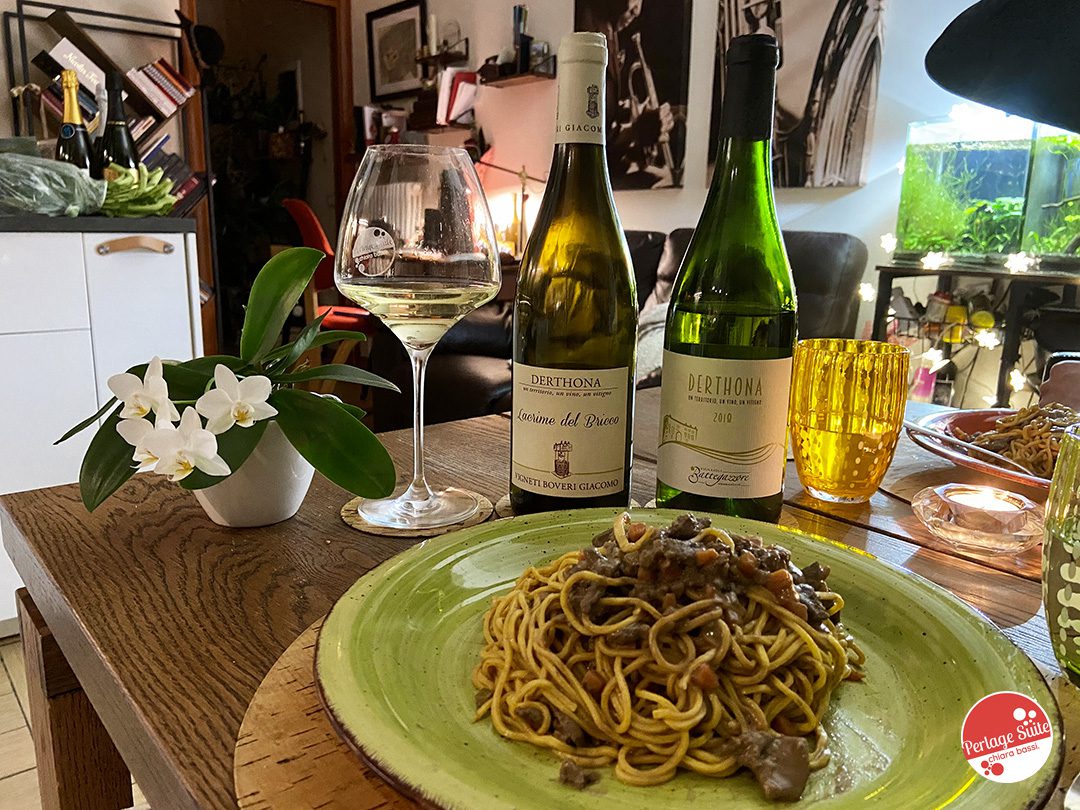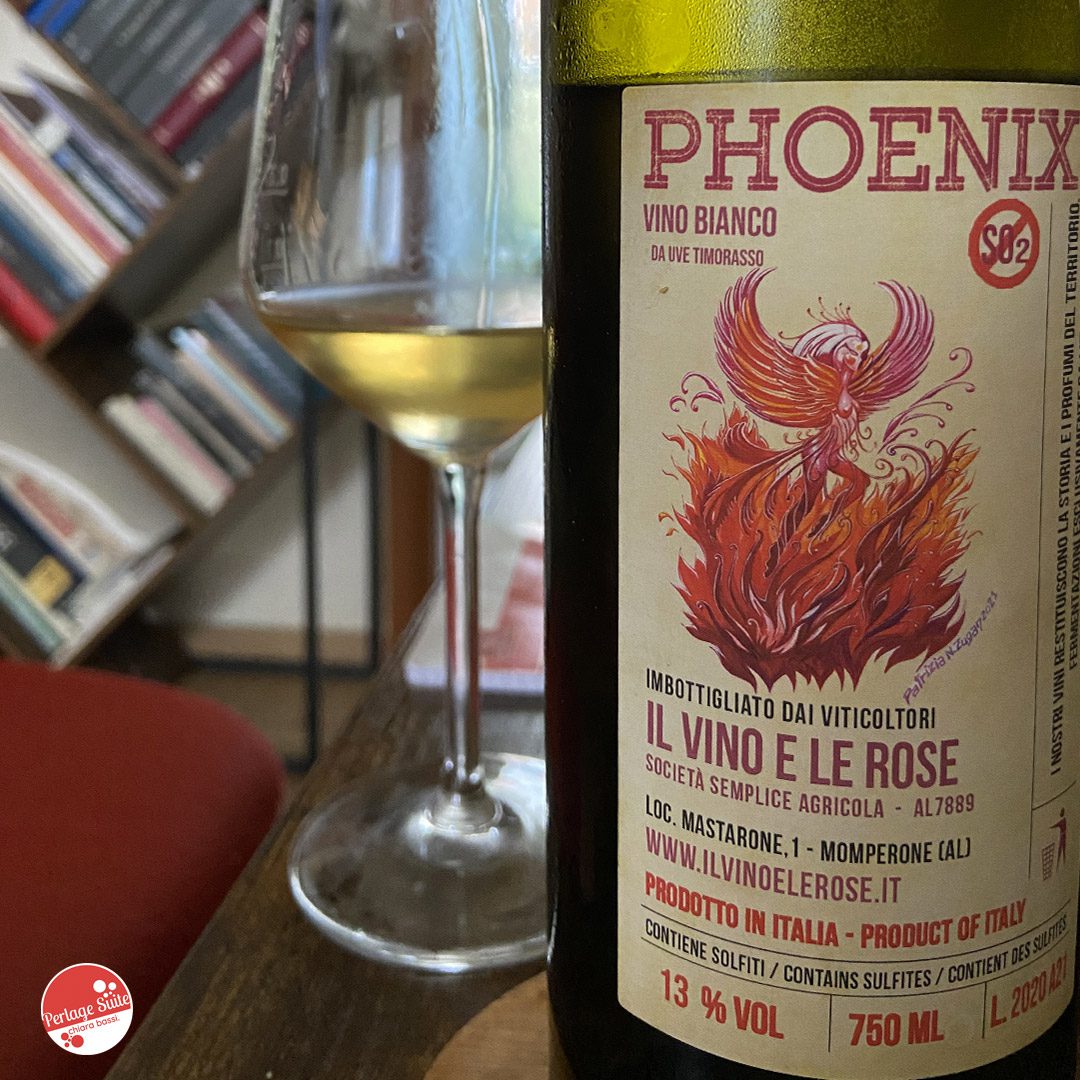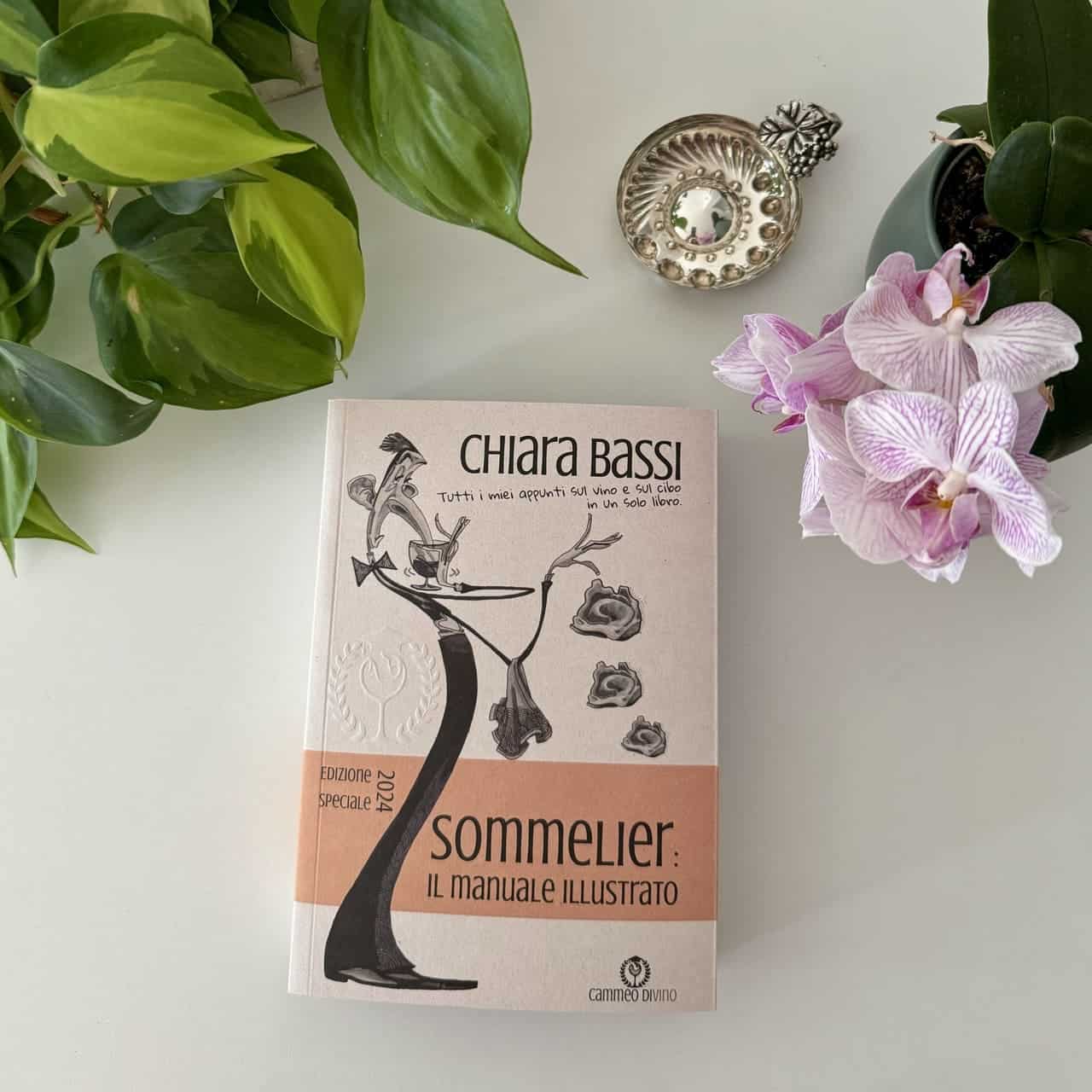To fully understand a wine, it is necessary, as a first step, to know the grape variety from which it is made. This is why when Federica of Aroma Wine Bar, the wine bar in Tortona specialising in Derthona Timorasso, proposed me to talk about this wine I accepted with great pleasure. I spoke to Federica on the phone for hours, since we are still in the orange zone with several shades of red and, even though this is my job, it does not seem prudent to visit her now. The Coronavirus is still raging in Brescia and the less we move the better... and it's time everyone got that into their heads a little or we'll be out in the year of never. Federica has a beautiful palate and a great passion: talking with her about wine is exciting. I really appreciated her willingness to propose various vintages of Derthona Timorasso and I enjoyed tasting the various samples she sent me. Before I tell you about my tastings, however, I want to tell you a little about this grape variety capable of creating a Piedmontese wine extraordinary white.
Timorasso: the grape variety
When it comes to native white grape varieties, Timorasso is probably in my top 10. Cultivated in the province of Alessandria since ancient times, There is evidence of it as far back as the 14th century, in Pietro de' Crescenzi's Treatise on Agronomy, and in Di Rovasenda's Ampelographic Bulletin of 1885, which placed it as the most cultivated vine in the Tortona area.
Its leaf is very characteristic because it is somewhat smaller than average, pentagonal and five-lobed, with the petiolar sinus (where it is attached to the rest of the plant) U-shaped with the ends converging, somewhat closed. The upper page is dull dark green and almost glabrous. The underside is bottle green with protruding veins and velvety tomentum. In botany, the tomentum is the more or less long, very dense and sometimes intertwined hairs that eventually cover the surface of the leaves. In autumn they turn a beautiful deep yellow.
The cluster when ripe is quite large (about 20 cm) and compact, often winged. If you find sparse bunches, it is due to some problems with fruit set and green millerandage. The berry is rather large, spheroid and regular. The skin is thick and consistent, yellow-green in colour and very pruinose. The flesh is juicy and fleshy, with a neutral flavour. The juice is colourless. Two pear-shaped pips are always present.
Given its low vigour and limited production, it was slowly abandoned over the centuries in favour of more productive and less delicate red grapes such as barbera and croatina. It was only in the 1980s that a group of far-sighted winegrowers, first and foremost Walter Massa, decided to breathe new life into it, realising its extraordinary potential.
Timorasso: the wine
Talking about the characteristics of the wine produced is impossible given the different vinifications. However, to give you a general idea, I will tell you that timorasso vinified in white is a wine that can be likened to certain rieslings because of the hydrocarbons wonderful that it is capable of expressing, especially after even a long period of ageing in the bottle. It is generally a very structured wine, alcoholic and sapidcharacterised by a great ageing potential which makes it even more balanced and fascinating. Given that its production area is very limited, dare I say it, it is definitely a niche wine for lovers of great white wines.
Timorasso: Derthona's tastings
Among the Derthona Timorasso wines I tasted, there were two that particularly excited me... not to mention the more noble Cru from Vigneti Massa such as Montecitorio or Costa del Vento, which are also in Federica's interesting selection. I have chosen to talk to you precisely about these also because in an interesting chat I held on ClubHouse none of the participants knew these two labels that for me absolutely deserve to be discovered. And have you ever tasted them?
Derthona Timorasso 'Lacrime del Bricco', Vigneti Boveri Giacomo 2017
In the end, albeit tentatively, I chose this as the best Derthona Timorasso of the tasting I did with Federica. An impeccable technique for a wine that is very, very satisfying both on its own and with my tajarin!
It is a beautiful bright straw yellow with green-gold highlights. Swirling the glass forms regular arches and the wine goes down slowly. The nose is intense and characteristic with notes of lime juice, candied citron, lime honey and hydrocarbon that comes out more intensely after about ten minutes that the bottle is open. In the mouth it is consistent and well-balanced, citrusy, fresh and warm with a balanced pseudo-caloricity and a nice savouriness. Long, bitter finish.
Click HERE for more information on this Timorasso by Vigneti Boveri Giacomo.
Derthona Timorasso, Vignaioli Battegazzore 2018
From an impact point of view, this is the one I liked best... although from a technical point of view Boveri's is 'more perfect' while this one presents a slight imbalance on the pseudo-caloricity, overall balanced by acidity and savouriness.
It is a beautiful bright golden yellow and when swirling the glass it forms regular arches confessing to a certain alcohol content. The nose is distinctive and elegant, with very marked notes of citrus fruits, plum, almond and hints of hydrocarbons. In the mouth it is warm, structured and savoury, with a rather tough pseudo-caloricity. Long almondy finish.
Click HERE for more information on this Timorasso by Vignaioli Bottegazzore
Tajarin: a Piedmontese wine-food pairing!
When it comes to food and wine pairing, I always recommend a territorial pairing. And so it is that for these two Derthona Timorasso wines, I have consulted her, Rosa Vercellana, who later became Countess of Mirafiori and Fontanafredda. Known as Bela Rosin, she was first the mistress and then the morganatic wife of King Victor Emmanuel II. I fell in love with their story when I was a guest with my friend Guido Barosio, then director of La Presse and Torino Magazine, at the splendid Relais Bella Rosina in Mandria Park, near Venaria Reale... it was back in July 2012! Can it be that almost nine years have passed already?
She, Rosa Vercellana, was a beautiful and simple woman, an excellent home cook.
He, Victor Emmanuel II, was forced by court etiquette and state engagements to take part in official lunches and banquets, but he disliked them, and did nothing to hide his boredom and impatience.
So she, Rosin, comforted him by preparing dishes that were less elaborate but more to his taste, such as tajarin, a thin fresh pasta rich in eggs that the king seemed to appreciate very much.
The AristopiattiLydia Capasso
Tajarin, ingredients for 3 eaters (i.e. 2 generous portions and that's left for my husband's schiscetta the next day)!
- 250g of remilled durum wheat semolina
- 10 yolks
Tajarin, preparation:
- Separate the yolks from the egg whites (which you can reuse to make delicious meringues).
- Add the flour and knead either by hand or in the planetary mixer with a dough hook or hook (I used the hook).
- After a few minutes you will obtain a homogeneous, somewhat stiff dough. Make a ball and cover it with a bowl, let it rest for about 10 minutes (in the meantime you will devote yourself to the liver sauce).
- Roll out the dough with a rolling pin then switch to the pasta machine, my beloved Marcato Classic Atlas (you can buy it on Amazon HERE) that has been with me since I moved out of the house back in 2006. I rolled out to a thickness of 5, then cut the sheets with a pasta wheel until they were about 30 cm long and passed them one after the other through the noodle row. In a few minutes these delicious tajarin were ready!
Liver ragout, ingredients:
- 300 g beef liver
- 100 g diced carrot, celery and onion
- 1/2 glass of whole milk
- 1/2 tube of tomato paste
- 1/2 glass (from water, approx. 150g) of Timorasso
- 1 nut of lard or 2 tablespoons of extra virgin olive oil
- Hot water QB
- nutmeg, salt
Liver ragout, preparation
- Brown the cubes of celery, carrot and onion in lard (or oil).
- Cut the beef liver into coarse strips and add it to the pan when the vegetables are tender.
- Fade with wine and wait for it to evaporate.
- Steep the tomato paste in a little hot water and add it.
- Cover the meat with hot water - it must be totally submerged - and stir carefully.
- Let it simmer for a couple of minutes, then add the milk, salt and nutmeg and let it cook for as long as you prepare the tajarin on a low heat (if you prepare it beforehand, even for an hour... it tastes even better!).
Finally, one last tasting: a treat for lovers of natural wines...
Before this wine, a necessary premise: I am not a natural wine Taliban, on the contrary... between the two I am a reverse Taliban. I am interested in wine being good and many times I see more of a precise marketing positioning than a real interest in naturalness. Moreover, as also emerged in my Room on ClubHouse last night, it is paradoxical that in 2021 we have to write that a wine is natural or that a food does not contain palm oil! Yet this is how we have reduced ourselves and we can only hope that there will be an unlikely reversal in the near future. Alongside more or less large, or very large, producers who reduce the concepts of biological or of natural in a claim to embrace a wider segment of consumers, there are also some small producers who do it because they really believe in it. This is certainly the case with the wine below.
'Phoenix' 2020, Winegrowers Wine and Roses
It is a bright, golden yellow. The nose is distinctive, you can certainly smell that it is a natural wine... or at least I can detect them now. The timorasso is unrecognisable as we understand it, but it is nonetheless interesting. It reminds me of Japanese sake. You can recognise cedar, yeast, apple and soy sauce. in the mouth it is consistent, balanced and persistent with a delicately citrus finish.
So, if you are looking for a conventional Timorasso, I suggest you go for one of the two Derthona wines (or both) among those previously tasted. If, on the other hand, you want to try how this grape variety can be expressed with a completely different approach, this wine is perfect.
Click HERE for more information on this Timorasso by Viticoltori il vino e le rose
I have tasted one more Timorasso that I would like to tell you about, but as it is a classic method sparkling wine, I will tell you about it in the next few days in an article dedicated precisely to sparkling Piedmontese wine!
At this point I can't wait to visit Federica in Tortona: her Aroma Wine Bar Enoteca is wonderful… a small temple of design, food and wine for enthusiasts in no hurry... just like me! In the meantime, I would like to point out that these Timorasso and another series of wines of great quality and research are available in his online wine shop... how about, do we drink to this umpteenth quarantine?
Cheers
Chiara

